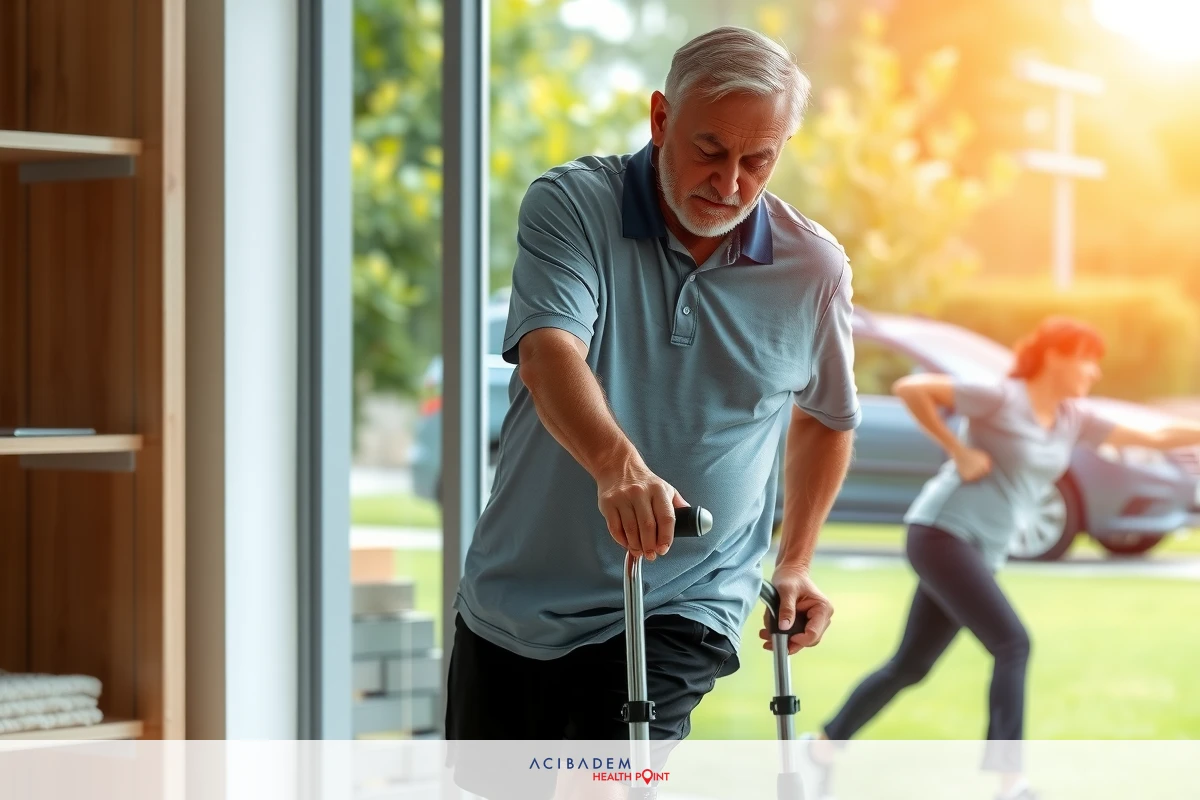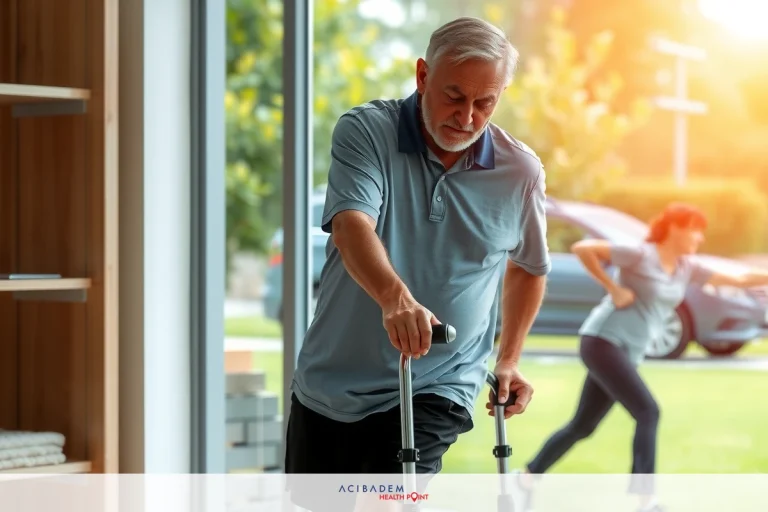Is Physical Therapy Necessary After Knee Replacement?
Is Physical Therapy Necessary After Knee Replacement? Physical therapy often follows knee replacement. It is a time to focus on getting better and making your new knee work well. Each day you will do simple moves that help the knee heal. Doctors say it is vital for good health after surgery. This text talks about why physical therapy matters.
After you get a new knee life may seem different at first. You must learn how to stand, walk, and sit again in safe ways that won’t hurt the joint. Physical therapy gives support as you adapt to these changes in daily life. A trained person will guide you through each step and boost your confidence as you recover.
The goal of this care is clear: to bring back full use of your knee so you can move freely again without pain or trouble. By doing exercises every day the strength around your knee grows over time—a good thing for long-term results! Patients who follow their plan well tend to have less problems later on and enjoy more active days ahead.
Benefits of Physical Therapy
Physical therapy is a big part of healing after knee replacement. It helps you move better and with less pain. The right moves can make your knee strong and stable. You learn how to use your new knee in daily life which is so important. With each session you come closer to getting back to normal.
One key benefit of physical therapy is it speeds up recovery. When you work the muscles around the new joint they get stronger faster. This means you might walk sooner than someone who doesn’t do these exercises. Plus having a professional guide ensures that each exercise is done safely and correctly.
Rehabilitation through physical therapy also reduces the risk of problems with your new knee. It takes care not just of your body but also gives peace of mind knowing you’re on track for a good recovery. Each step forward in physical therapy brings confidence that life will be active again.
Lastly attending regular sessions teaches habits for long-term health after surgery. A therapist helps set goals that are right for where you are in recovery at any point in time—no more guessing about what’s best for your situation! They will adapt plans as needed so progress keeps happening until full movement returns without pain or other issues.
What Does Physical Therapy Involve?
Physical therapy after a knee replacement starts with basic moves. A therapist will show you how to sit, stand, and

walk the right way. These first steps are simple but help a lot with your healing path. As days go by these activities become part of your normal life. Keep in mind that each move has been picked to aid in making your knee work as it should.
As you get better exercises will grow more complex. You might use tools like bands or weights to make muscles stronger around the knee joint. Balance and stretching are also key parts of physical therapy programs for people who have had a knee replaced. Each new activity aims at giving back full range of motion and reducing any stiffness or pain.
Your sessions may include time on machines like bikes or treadmills too—slowly at first then faster as you heal up. This helps boost blood flow to the leg and can speed recovery even more so every step feels easier over time! Plus using these machines is good practice for getting back into other things you enjoy doing.
Finally therapists often teach ways to keep safe while going about daily tasks at home or work during recovery from surgery on the knees. They’ll guide through moves that help prevent falls or extra stress on your new joint. With each visit they check how well you’re doing offer support where needed. It’s all about helping patients live their best lives possible after such an important procedure!
How Does Physical Therapy Aid in Recovery?
Physical therapy is a strong aid in the recovery journey after knee replacement. It starts with reducing swelling and pain which are common right after surgery. Gentle exercises improve blood flow to the leg helping it heal faster. As you keep up with your sessions these benefits grow. The support from a physical therapist can make all the difference.
Each session builds more strength and flexibility in your knee. With every stretch and bend you’re working toward getting back to your usual activities without trouble. Your body learns how to trust the new joint through repeated use under safe conditions provided by the therapy program. This is how patients slowly but surely get back on their feet and regain independence.
Lastly physical therapy helps prevent future injuries by teaching good habits for movement and posture. By learning proper techniques now you lower the chance of hurting your knee again later on down the road when life gets busy again! Plus feeling sure about how to move correctly brings peace of mind so important during this time of change and adjustment post-surgery.
When Should I Start Physical Therapy?
Knowing when to start physical therapy after knee replacement is key. Doctors often suggest beginning it soon—sometimes even the same day as surgery. Early movement aids in reducing risks that come with being still too long like blood clots or stiffness. A therapist will likely visit while you’re still at the hospital to guide your first steps.
The first sessions focus on basic skills for daily life such as getting out of bed safely. These early exercises are gentle but vital for starting off recovery right. You’ll learn how to move without harming the new joint; a slow and steady approach here is best. It’s all about building a foundation for more progress later.
As you leave the hospital scheduled sessions at a clinic may be part of your plan. Regular visits help keep track of your healing and adjust activities as needed. If moving around is hard therapists can also come to your home until you’re able to travel easier.
In these next stages therapy turns toward regaining strength and full use of your knee. Sessions might get longer or happen more often based on what works for you personally during this phase! Each person heals differently so plans should match individual needs every step along their journey back to health.
Finally remember that patience plays a role in finding just the right time to increase activity levels during physical therapy after knee surgery. Listen closely both body signals professional advice make sure don’t push too quickly risk setback. Good communication between patient therapist ensures timing stays spot-on throughout entire rehabilitation process.
Frequently Asked Questions
Is physical therapy mandatory after knee replacement?
Yes most doctors agree that physical therapy is a necessary part of recovery. It helps you regain movement and strength in your new joint.
How long does physical therapy last post-surgery?
The length can vary based on individual progress but it often lasts several weeks to a few months.
Can I do physical therapy at home?
Yes, once you learn the exercises from a professional, some or all of your sessions can be done at home if that works best for you.








